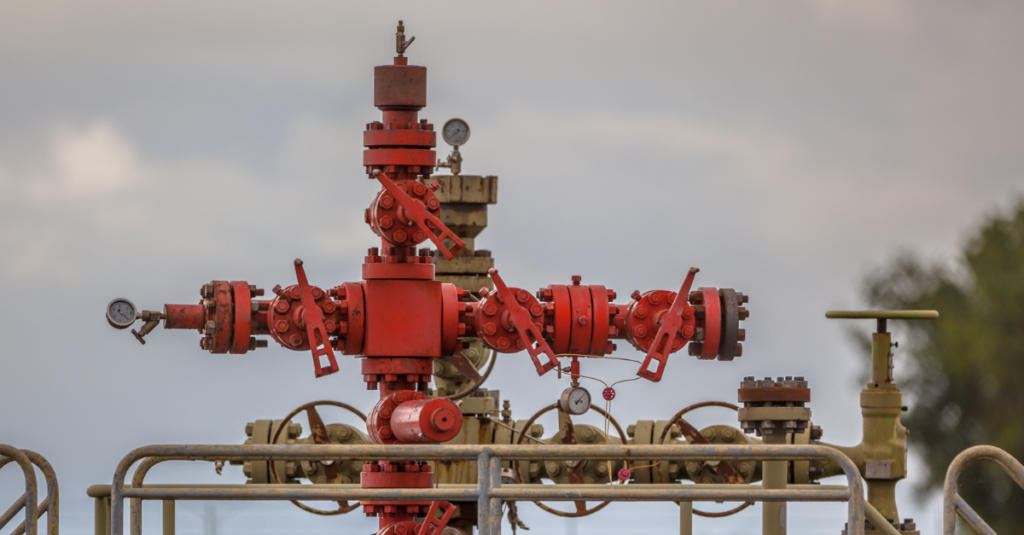
Rob Bruant
Director of Product
In the prolific oil fields of the Permian Basin, a question emerges – why are so few wells injecting CO2? There are more than 9,000 active injection wells used for secondary and tertiary oil recovery within the Texas side of the Permian Basin. Nearly 3,800 (41%) of these wells are permitted to inject CO2 for enhanced oil recovery (CO2-EOR). While 470 billion cubic feet of CO2 was injected last year (2022), only 1,100 wells were actively injecting CO2. B3 wondered what might be contributing to the low utilization of permitted CO2 injection wells.
CO2 used for Permian Basin EOR primarily comes from natural sources in Colorado and New Mexico. Once in Texas, the CO2 is moved by nearly 2,400 miles of commercial pipelines to points of use. B3 evaluated how the distribution of CO2-EOR wells correlates with proximity to the existing commercial CO2 pipeline infrastructure. As shown in the chart below, roughly 25% of permitted Permian Basin CO2-EOR wells lie within 0.5 miles of these pipelines, and practically 100% lie within 10 miles.

However, what was surprising to find is that the injection well utilization (i.e., the number of wells actively injecting CO2 versus the total number of wells permitted for and capable of CO2 injection) does not change significantly with distance from these pipelines. The percentage of wells actively injecting CO2 near the CO2 transmission infrastructure is effectively equal to the utilization percentage for the entire CO2-EOR well inventory, just under 30%. While the drivers for this particular distribution of actively injecting CO2 wells are surely multifaceted (from reservoir conditions suitable for CO2-EOR to residual oil remaining to available infrastructure already in place), one variable we are keenly interested in is the overall availability of CO2.
In 2010, the U.S. Department of Energy noted that there could be as much as 500 million cubic feet per day of additional Permian Basin CO2 demand. As new, low-cost CO2 supplies become available as a result of the federal government incentives for Carbon Capture, Utilization, and Storage (CCUS), how might the utilization of existing CO2 injection assets change? Where and when might new opportunities for CO2 use or geologic sequestration emerge? By analyzing past and present utilization trends from well-scale to basin-scale, B3 is beginning to reveal the answers to these critical questions of future CO2 management.




